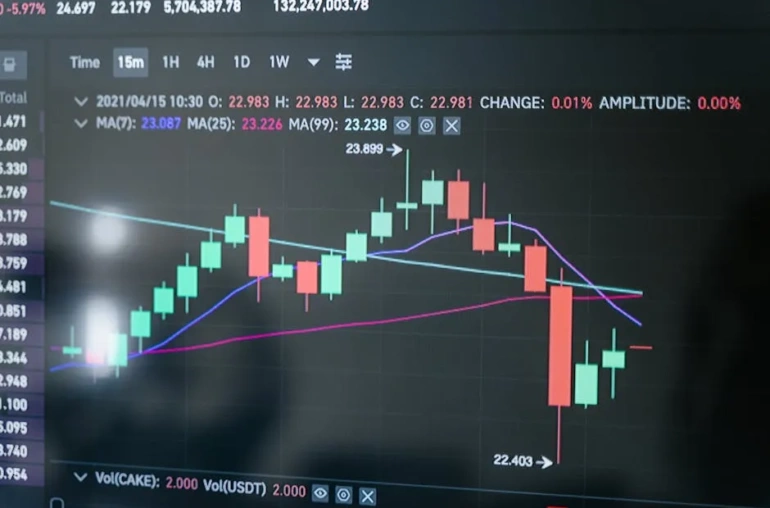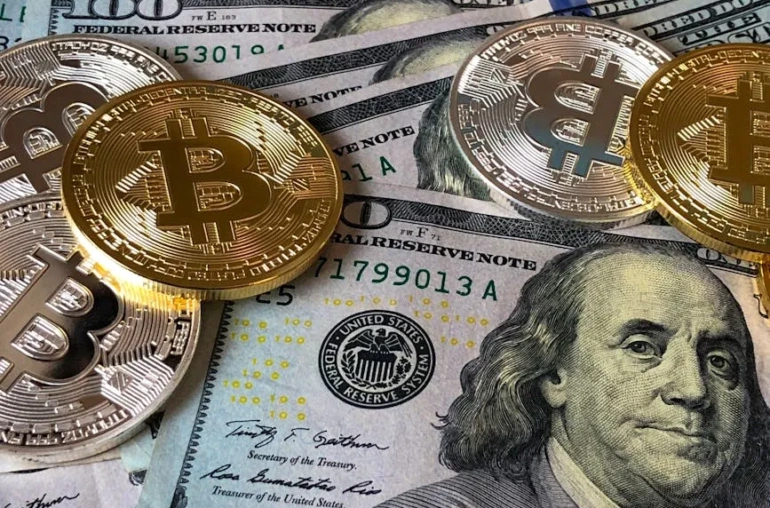
Introduction
Blockchain gaming has had a tumultuous year, grappling with funding challenges that have left many in the industry feeling uncertain. However, recent reports indicate a potential turnaround, with a noticeable uptick in activity during the third quarter of 2025. This article delves into the reasons behind this resurgence and what it could mean for the future of blockchain gaming.
The Challenges of the Past Year
According to data from DappRadar, the blockchain gaming sector has faced significant hurdles over the past year. A combination of market volatility, regulatory scrutiny, and a general slowdown in investments has tested the resilience of this innovative segment. Many projects that once garnered attention have struggled to secure funding, leading to concerns about the sustainability of blockchain-based games.
A Ray of Hope in Q3
Despite these challenges, the latest quarterly reports bring optimism. In Q3 of 2025, there was a notable increase in funding and user engagement in blockchain gaming. This upturn suggests that investors are beginning to regain confidence in the sector, potentially signaling a shift in market sentiment. The uptick could be attributed to several factors, including the release of new games that leverage blockchain technology in innovative ways.
Recent Game Releases Fueling Interest
One of the key drivers of this renewed interest in blockchain gaming is the release of several promising titles. These games not only showcase the unique benefits of blockchain technology, such as true ownership of in-game assets and transparent transactions, but they also offer engaging gameplay that appeals to a broader audience. As more players discover the potential of blockchain gaming, the market is likely to see increased participation and investment.
The Future of Blockchain Gaming
While the challenges of the past year cannot be overlooked, the current momentum suggests a more positive outlook for blockchain gaming. As the industry continues to evolve, it is essential for developers to focus on creating high-quality games that can attract and retain players. Additionally, fostering community engagement and transparency will be crucial in building trust and encouraging further investment.
Conclusion
In conclusion, while blockchain gaming has faced a rough patch, the recent signs of recovery in Q3 2025 bring hope for the future. With new game releases and a resurgence in funding, the industry may be on the cusp of a significant transformation. As players and investors alike remain vigilant, the potential for blockchain gaming to thrive is beginning to emerge.



